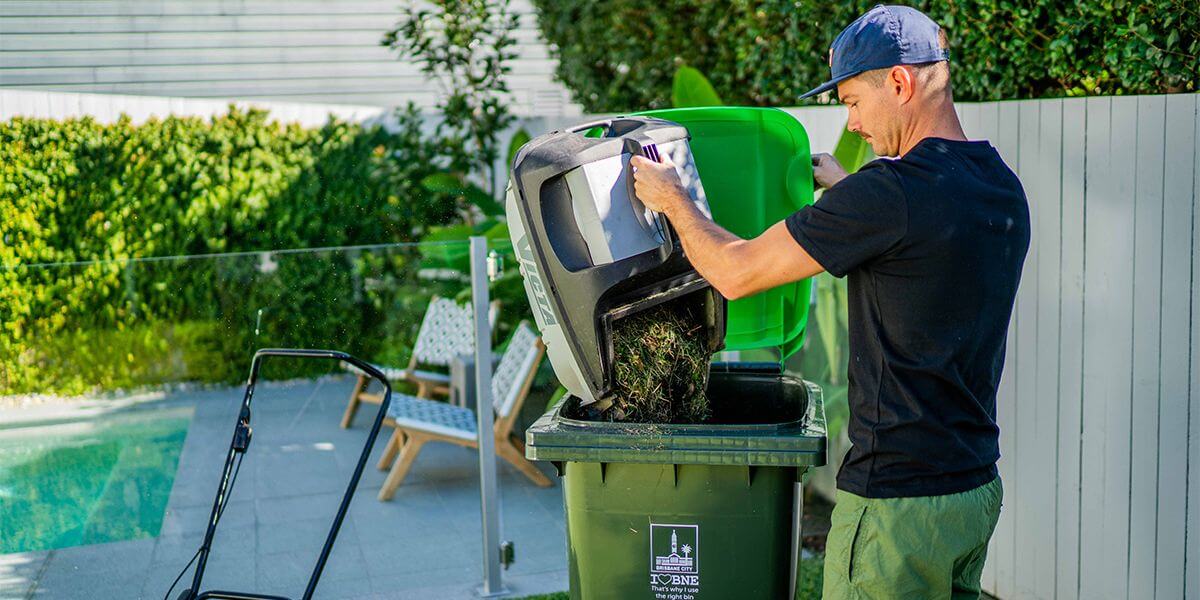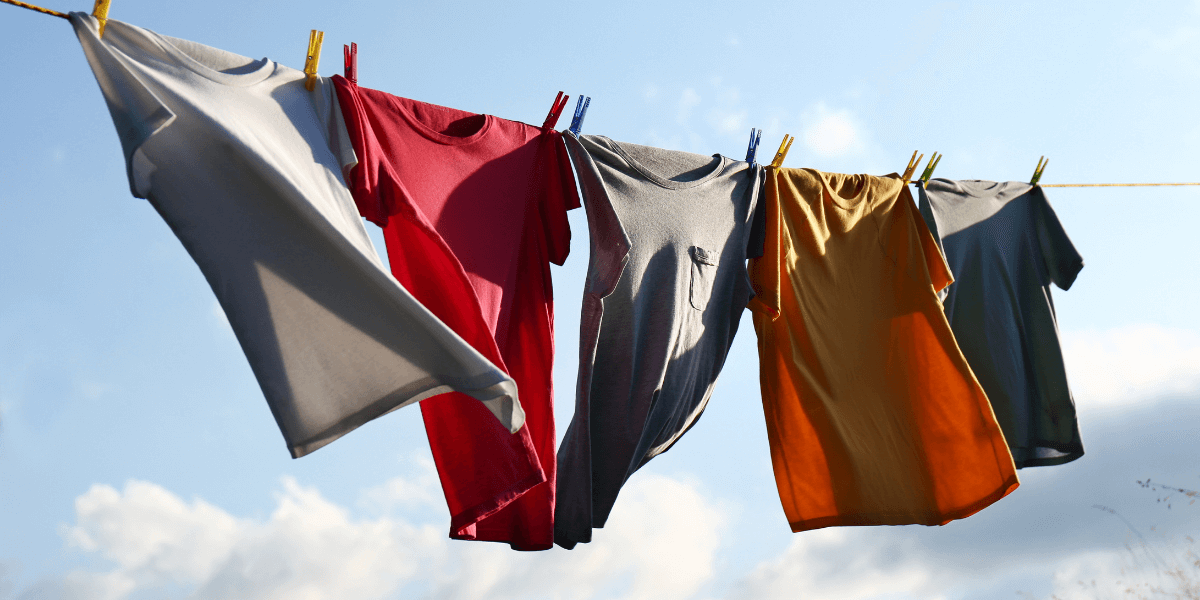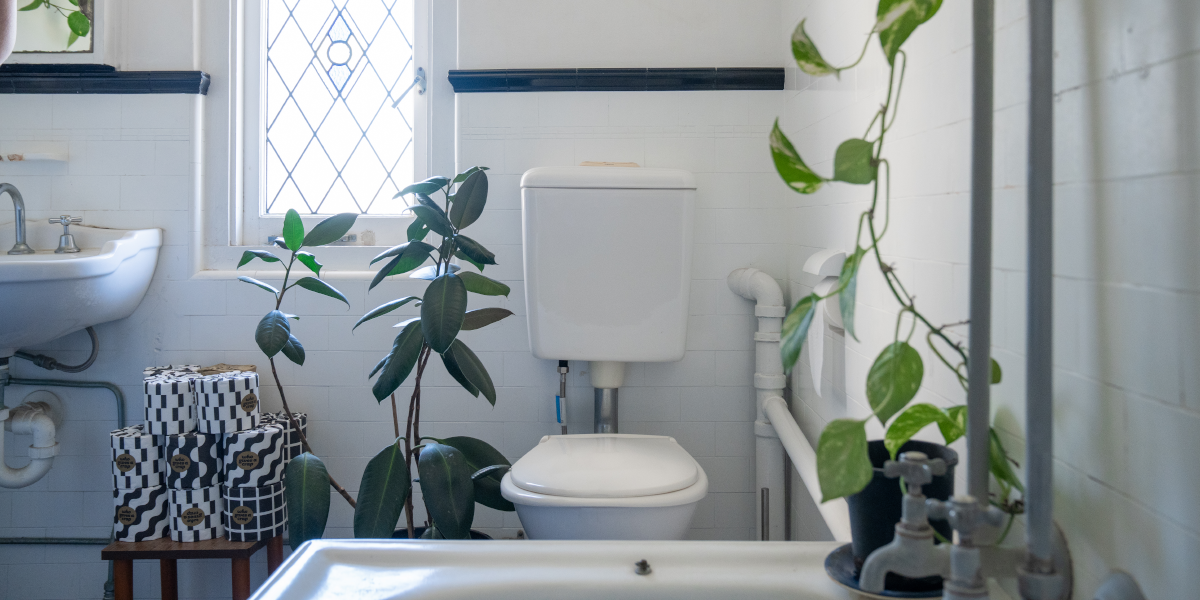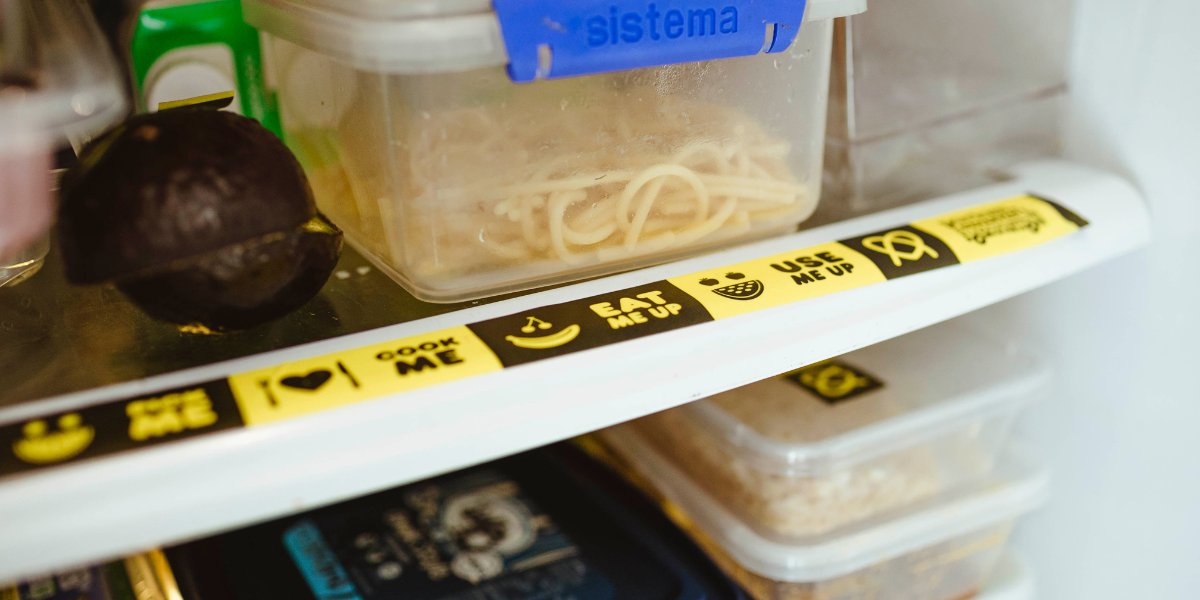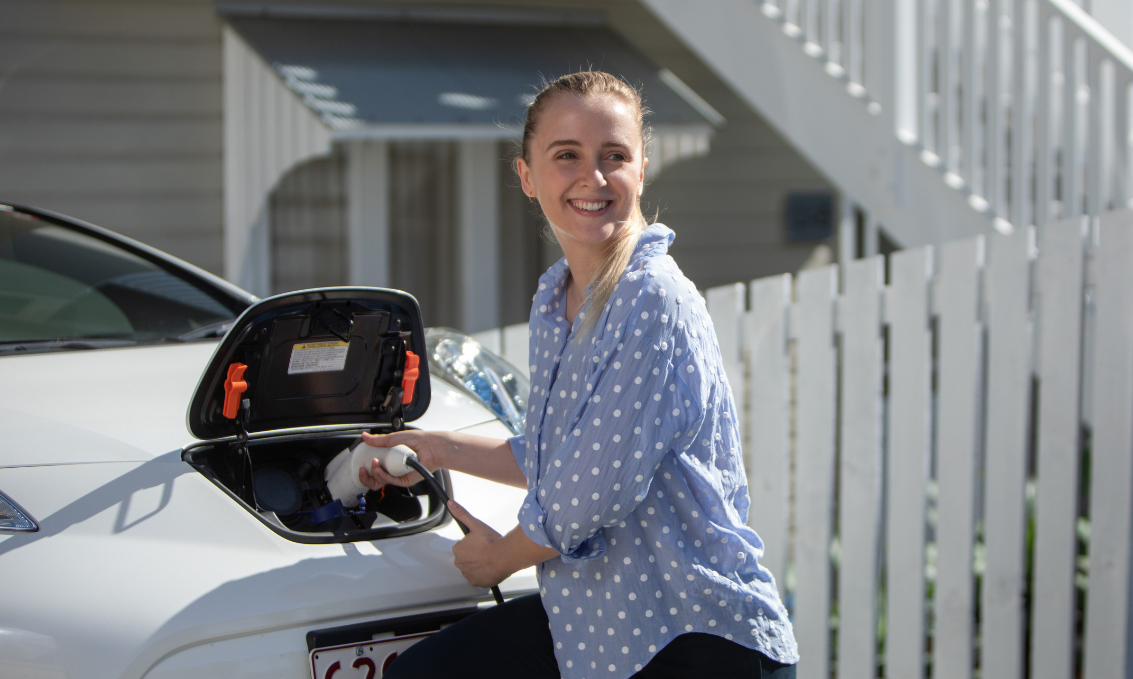REDUCE WASTE, GARDENING, SUSTAINABLE LIVING
HOW PERMACULTURE CAN HELP YOU LIVE FOR LESS
Transform your garden, transform your life. Permaculture is about multi-purpose plants, minimising waste, energy conservation and community-reliance.
Theorised in the 1970s by two Australians, David Holmgren and Bill Mollison, Permaculture has become a worldwide movement about more than just gardening (see the Live for Less article on Transition Towns ).
While the overall subject matter is detailed, the basic Permaculture principles are about imitating nature to design a productive and sustainable garden that promotes ecological diversity, waste minimisation, multi-purpose plants, energy conservation and community-reliance.
Once you have a grasp on the Permaculture basics, it’s easy to see how those lessons will infiltrate your lifestyle, balancing and promoting your work in the garden, while saving you money and lessening your environmental impact.
HOW IS PERMACULTURE DIFFERENT FROM AN ORGANIC GARDEN?
At a glance, a Permaculture garden probably won’t have neat rows of edibles. Instead, plant types are inter-planted to reduce damage from diseases and pests, and you will probably notice some edibles have gone to seed to promote self-seeding or seed-saving. Weeds can also be a valuable addition to a Permaculture garden and are often left to flourish.
While a Permaculture garden may look a little untidy compared to picture-book vegetable patches, they’re highly considered eco-systems and more-often resemble food forests.
PERMACULTURE ETHICS & DESIGN PRINCIPLES
Sustainability is at the heart of Permaculture, and all the design principles evolve around three ethical considerations: care for the earth, care for the people, and a fair share.
From these ethics come the 12 design principles.
To keep things simple, we’re going to explore four of the 12 design principles.
ONE: PRODUCE NO WASTE
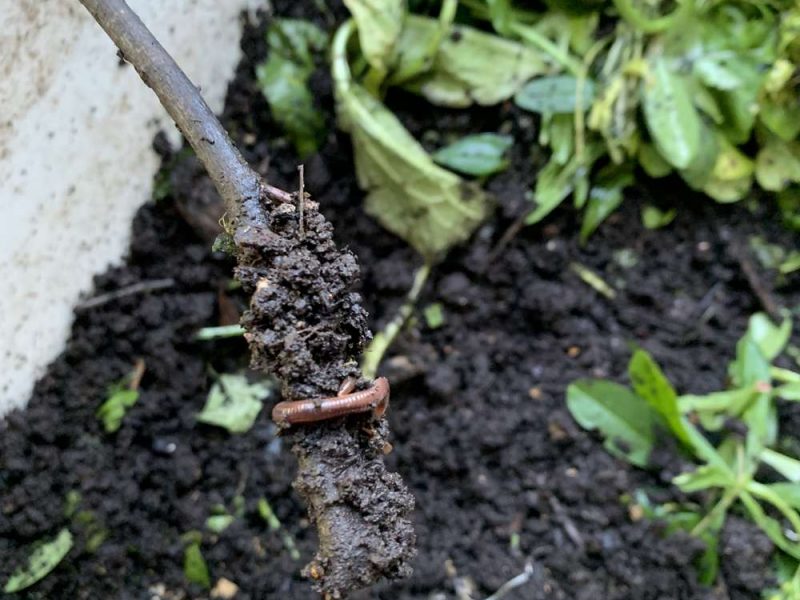
The resources on our planet are finite, and so are our budgets. It makes sense to reduce waste in all areas of our lives, including our gardens. Waste reduction in a Permaculture garden means more than just compost and worm farms. Serious Permaculture warriors will often have chickens for their ability to turn over the soil, create nutrient-rich manure, eat pests and provide eggs.
Time and its efficient use are fundamental to Permaculture waste minimisation. The most utilised edibles like herbs should be planted closest to the kitchen, and compost systems are best kept near garden beds. In the case of very small gardens, a chop-and-drop compost method might more beneficial than a compost system.
To avoid continuous planting of annuals, perennial and multi-purpose plants play an essential role. Comfrey, for example, is a perennial which can become as a fertiliser, compost tea, chicken fodder, mulch or used for medicinal purposes. Other useful perennials include Sacred Basil, Scarlet Beans, asparagus, sweet potato (the leaves and the potatoes are both edible), arrowroot, Brazillian spinach, aloe vera, Warrigal greens, wild rocket, Sorrel, garlic chives and bunching onions.
TWO: USE AND VALUE DIVERSITY
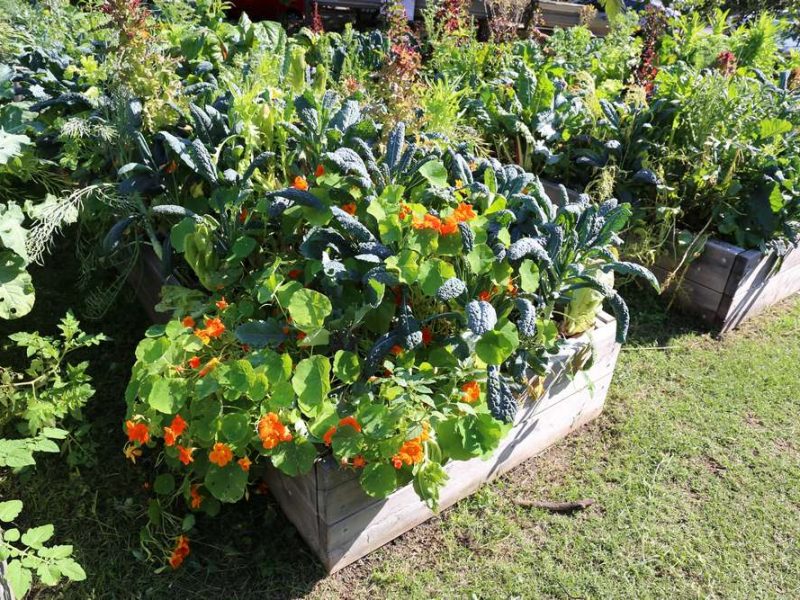
Diversity in a garden minimises the spread of diseases, prevents pests and also benefits soil health as different plants add and subtract nutrients from the soil. A garden bed containing heirloom varieties, native edibles, herbs and flowers creates a valuable mix to attract bees and confuse pests: Whats’s more, your overall health benefits from a more varied diet.
THREE: USE EDGES
To maximise space, Permaculture gardens often utilise curved garden beds, keyhole garden beds or even mandala designs. In a suburban home, your verge could be the ideal place for a garden (consult council regulations before planting) and a brick wall with stored thermal heat could be the perfect place to grow heat-loving plants which can also provide shade and cool homes.
FOUR: CATCH AND STORE ENERGY
Storing energy when it is abundant makes logical sense and translates not just to using rainwater tanks and solar panels, but also preserving food when it is in season. For example, apple season provides the opportunity for growers to make apple cider vinegar, apple cider, apple sauce, dehydrated apples and more. Even the smallest herb garden can be harvested and dried for use in their off-season.
Solar ovens are also great ways to utilise passive energy, and homes with combustion wood heaters can also maximise their potential by drying clothes around (or above) them or slow-cooking on their surface.
WANT TO KNOW MORE?
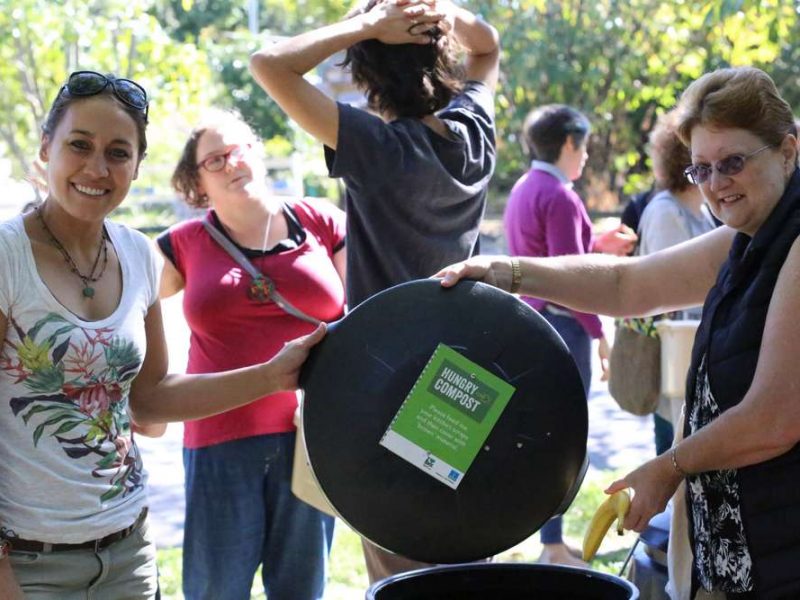
Brisbane’s own Northey Street City Farm offers Permaculture design courses, as well as a variety of Permaculture lifestyle courses, like basket weaving and beekeeping. Another excellent Permaculture resource for South East Queensland residents is the blog by Morag Gamble.
*Images credit: Desi Achilleos, Northey Street City Farm.

The author
This post was written by the BSA Sustainable Living team! We’re here to help you reduce your environmental footprint and lower your cost of living along the way.


